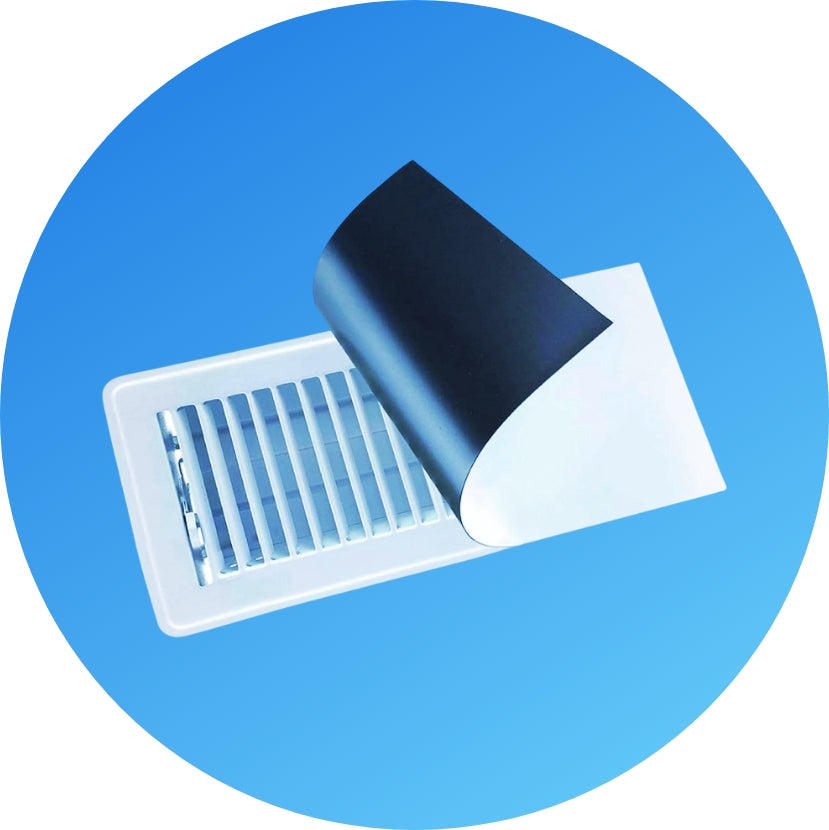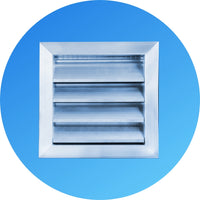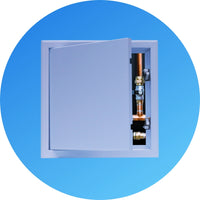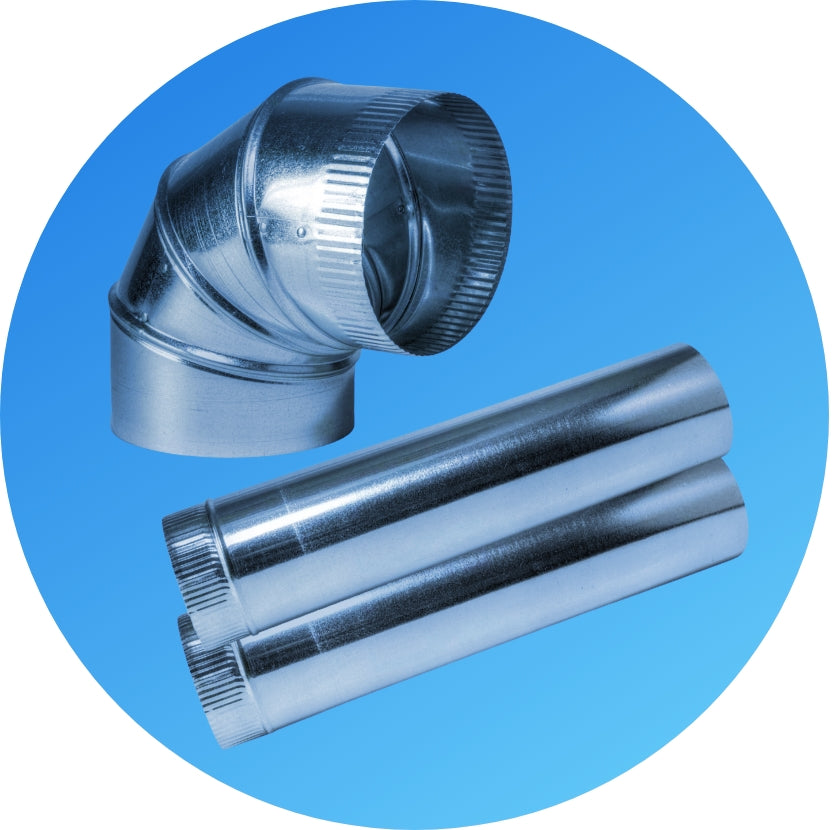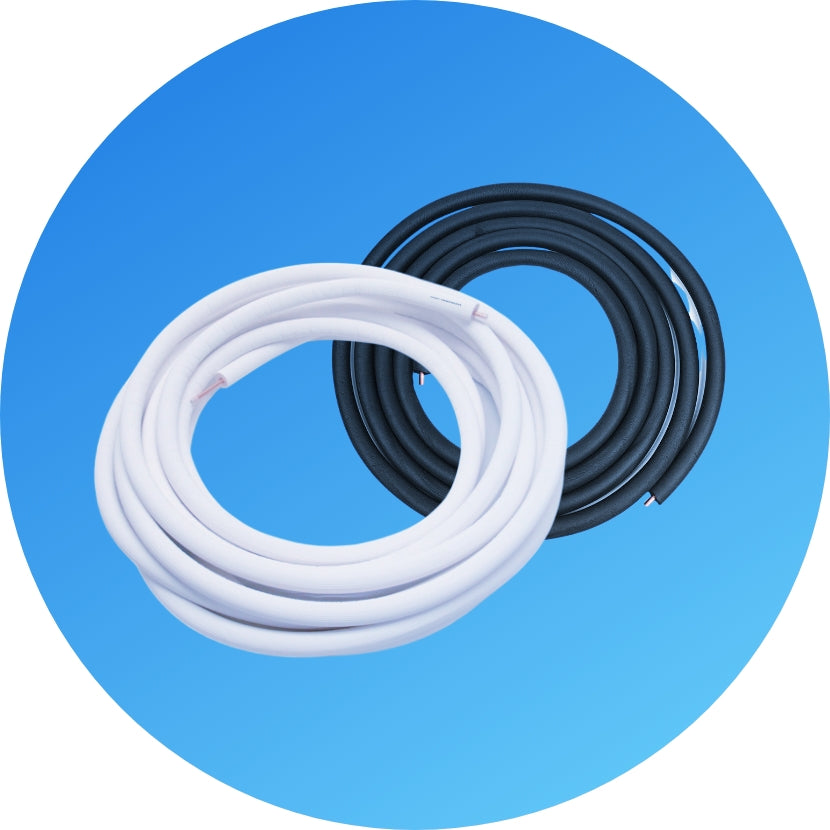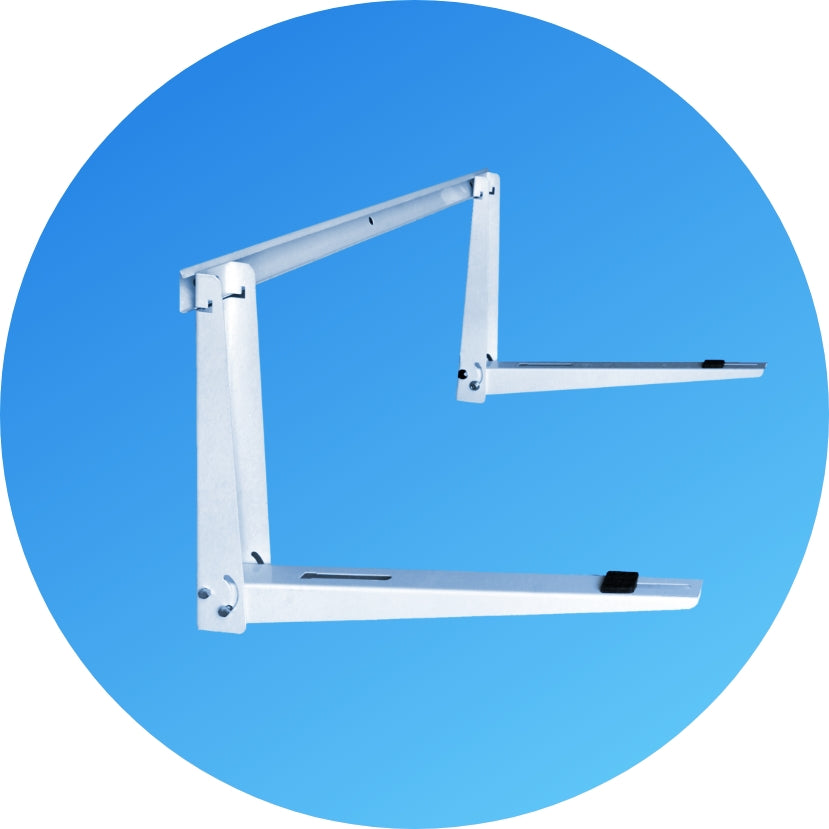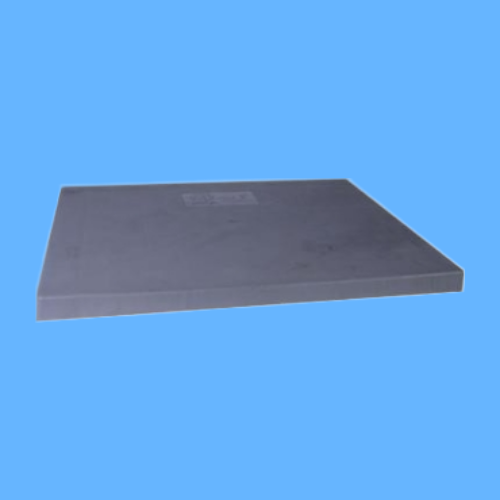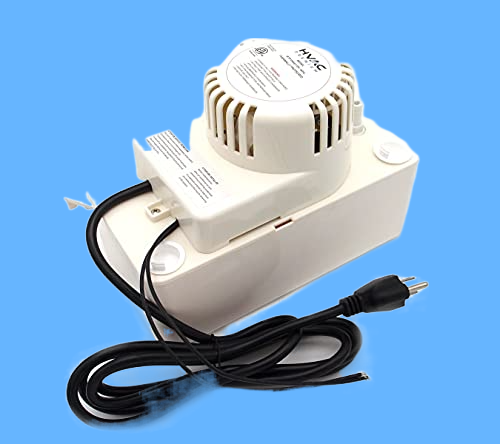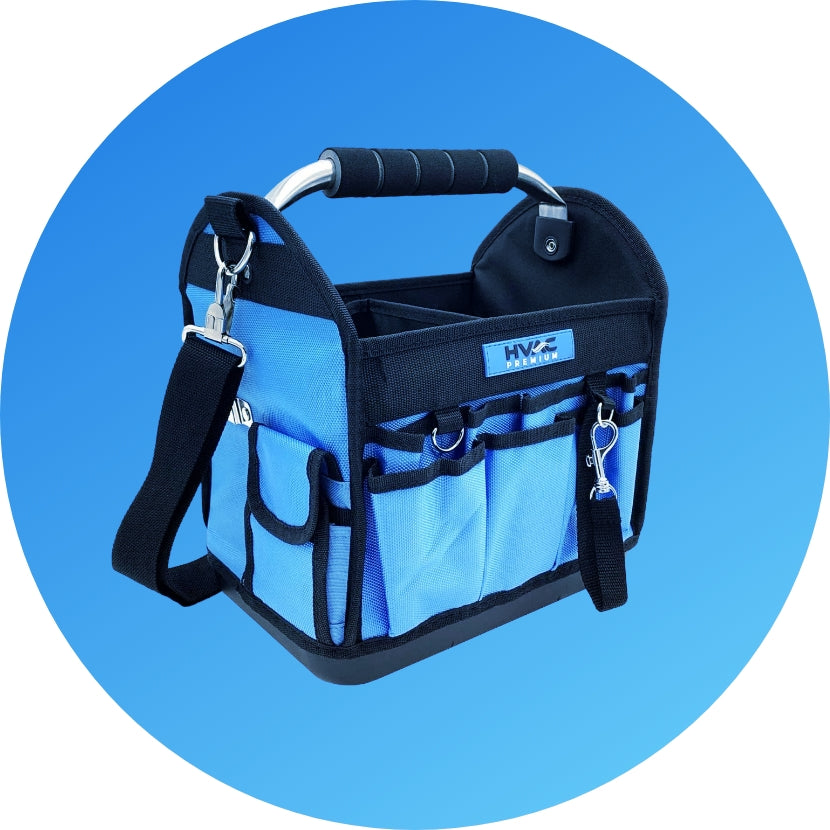Anyone with an HVAC system has experienced temperature fluctuations as the seasons change. One moment your living room is nice and toasty, the next it’s uncomfortably hot and you’re pouring a cool glass of OJ.
This is completely normal, and these problems can be remedied with a bit of know-how and by adjusting your air conditioning grilles and vents. To help you, we’ve listed a few simple hacks to get the temperature and airflow just right.
But first:
How HVAC systems work to regulate temperature
Located outside of the home, an HVAC unit uses electricity and coolant to regulate the indoor temperature. Ductwork serves as the conduit for air to pass through grilles and vents and then throughout your home.
If ductwork is the circulatory system, then the thermostat is the HVAC’s heart: it controls power, is responsible for temperature regulation, and commands any supplementary features you may have installed.
Here’s an example of how the system works to cool your home in warmer months:
During the day, heat is trapped in your home. If you have multiple floors, this heat then rises and warms the bedrooms on the upper floors. You’d be forgiven for thinking a fan would solve the problem, but this cooling effect is only momentary. A fan is only moving the air around the room and not bringing the temperature down. An HVAC system, on the other hand, works to pull the heat from your home’s interior to cool it, and then recirculates this cooler air throughout your home.
Here’s the kicker: Your HVAC unit could be in the best shape possible, but if your air conditioning vents and grilles are old, dirty or obstructed, your home’s temperature and airflow may vary wildly from room to room.
How air conditioning grilles and vents affect temperature and airflow
There are a number of issues with vents and grilles that may affect temperature from room to room, such as:
- Obstructed or closed air vents.
- Dirty filters that need to be replaced (for more information on this subject, check out our recent piece about air filter and air filter grille maintenance).
- Incorrect sizing or installation.
If you find that it’s none of the above problems and one room still remains hotter or colder than the others, you can implement this simple hack until a professional is able to appraise the situation:
HVAC Premium Hack #1: In summer, install a damping grille in the coldest room and close it by 50%. What this does is redirect the air to the other rooms to cool them. In winter, the opposite should be done. Install a damper grille in the hottest room and close it by 50%, then open the adjustable grille in the colder room by 100% to receive the redirected hot air.
(P.S. We have a comprehensive catalog of top-of-the-line vents, grilles and damping grilles that use the best materials on the market. You can browse it here.)
The right grille and return air grille for ideal airflow
For ideal airflow, it’s crucial you select the right grille for the job. Return air grilles are best used in combination with fixed grilles, as the direction of the air does not matter. For supply grilles, however, you'll want an adjustable grille so that you can spread the air evenly throughout the room.
HVAC Premium Hack #2: If you angle your adjustable grille toward the ceiling in summer, the cold air will fall down naturally to cool the room. In winter, you can face the grille down so that the heat can rise naturally. This is more energy-efficient and cost-effective in the long run as your HVAC system can circulate the air evenly, with less effort.
With regards to energy efficiency and airflow, it’s best to reduce your HVAC system’s airflow if you are going to close off vents in unused rooms. Closing an air vent without airflow reduction only redirects the excess airflow to other areas of your home, which can cause leakage and energy wastage, and contribute to long-term damage. With that said, you should never close more than 25% of your vents as the system won't have enough outlets to push the air through, which could lead to burn out.
Your HVAC parts can make all the difference
Following best practices to a tee means little if your HVAC parts are low quality. Not only is sub-par equipment subject to faster wear and tear, it’ll hamper your HVAC system’s ability to regulate temperature and provide healthy air to your home.
Our last tip is the most important: Replace your grilles every 30 days to ensure optimum air quality and to keep your HVAC system in top shape.
For more than a decade, HVAC Premium has provided over 5,000,000 happy customers with the parts they need for energy-efficient, cost-effective HVAC systems. We have the largest selection of HVAC supplies sizes in America and our inventory consists of top-of-the-line products using the best quality materials in the market. What’s more — all items are in stock and ready to ship!
Want more information on keeping your home warm throughout the winter months? Download our new Cold Weather Prep eBook for more tips:




